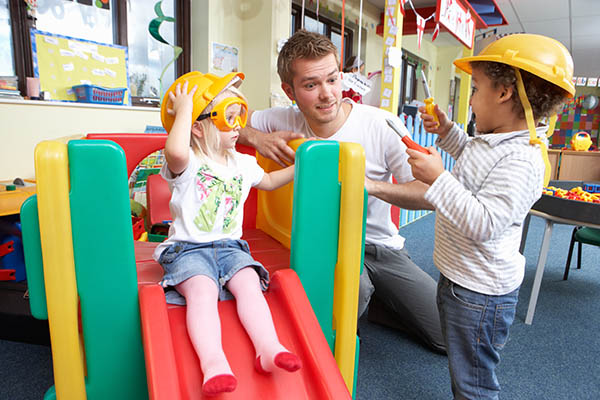1302.47 Safety practices.
Review requirements that ensure children are kept safe at all times. This standard addresses safety practices for facilities, equipment and materials, disaster preparedness, hygiene, lead exposure, and more.
 Making sure environments are safe allows children to explore and learn with less risk. Promoting a culture of safety prevents injury and illness.
Making sure environments are safe allows children to explore and learn with less risk. Promoting a culture of safety prevents injury and illness.
Review these resources to learn more about how to create safe environments.
Review requirements that ensure children are kept safe at all times. This standard addresses safety practices for facilities, equipment and materials, disaster preparedness, hygiene, lead exposure, and more.
During the first five years, children constantly acquire new skills and knowledge. Caregivers who know what children can do and how they can get hurt can protect them from injury.
Hazard mapping is a process that Head Start programs can use after an injury occurs. It helps for emergency preparedness planning related to natural disasters.
Infants depend on their families for food, warmth, and care, and for meeting such basic needs as eating, diapering, sleeping, bonding, and safety. But all babies are unique. Some infants may settle easily and be capable of quickly soothing themselves.
Staff wear latex gloves to prevent contact with bodily fluids. However, allergic reactions to latex do occur. Use these tips to prevent allergic reactions to latex gloves.
Mold is an environmental trigger for allergy and asthma. Learn about the removal of fungal growth, remediation protocols, and the effectiveness of various cleaning strategies.
This tip sheet offers information on the dangers of children's exposure to secondhand smoke. Use facts in this tip sheet to learn what may happen if they expose their children to secondhand smoke.
Mobile infants are developing more control of their head, torso, arms, and legs, and are beginning to coordinate those movements. They sleep less and are more active during the day, eager to engage in everything around them.
Infants depend on their caregivers for food, warmth, and care, and for meeting such basic needs as eating, diapering, sleeping, and bonding. But all babies are unique. Some infants may settle easily and be capable of quickly soothing themselves.
The toddler years are a time when children are building skills in all areas. They remember what they learn and share it with others. They understand things more deeply, make choices, and engage with others in new ways. The changes in their physical, cognitive, and social-emotional development help them to build new skills that prepare them for school and later learning.